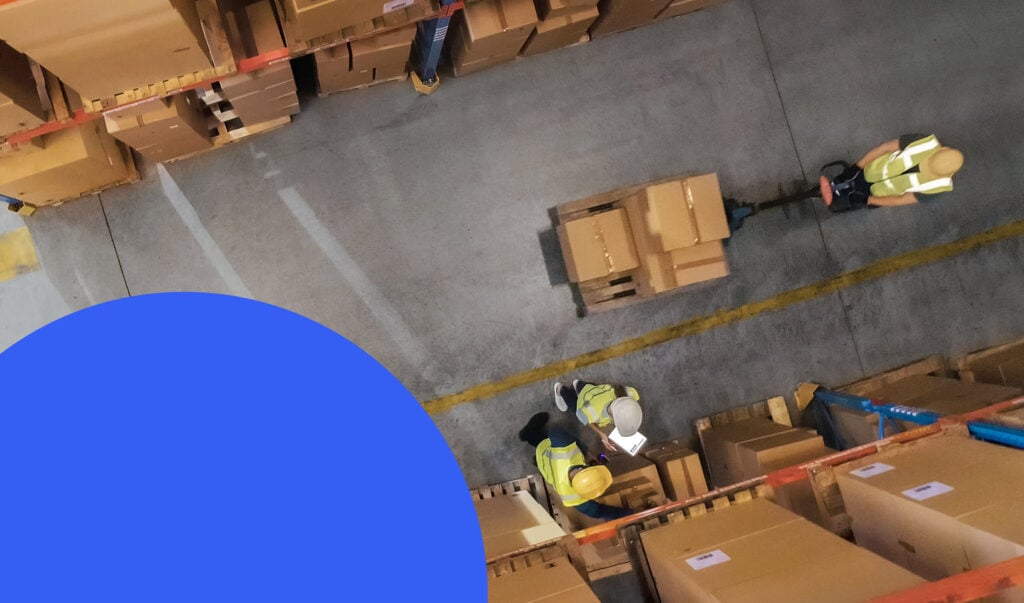How Human Rights are Reshaping Sustainable Procurement
The procurement function is experiencing a fundamental transformation. As teams navigate increasing pressure from multiple stakeholders to demonstrate social responsibility, traditional approaches focused on the “iron triangle” of cost, quality, and delivery are expanding to encompass broader social and environmental impacts. Human rights considerations are moving from optional add-ons to core business requirements.
But what does this shift really mean for procurement professionals, and how can organisations make the transition effectively – to balance operational efficiency with human rights protection?
The changing procurement landscape
Recent regulatory developments have accelerated this transformation. The EU Corporate Sustainability Due Diligence Directive, Germany’s Supply Chain Due Diligence Act and similar legislation worldwide are creating legal obligations for companies to address human rights risks throughout their value chains.
This regulatory shift reflects broader stakeholder expectations. Investors increasingly evaluate companies on human rights and environmental criteria, whilst consumers demand transparency about labour practices behind the products they purchase. For procurement teams, this means expanding their role from cost managers to value creators.
Beyond compliance: The benefits of strategic human rights integration
While regulatory compliance is often the initial driver for implementing human rights due diligence, the operational benefits can be equally compelling for businesses seeking sustainable growth and competitive advantage.
Supply chain resilience and workforce stability
Suppliers with good working conditions and fair labour practices create more stable, resilient supply chains. When workers are treated well, suppliers experience:
- Lower staff turnover – Reducing recruitment and training costs
- More consistent production – Stable workforces maintain quality and delivery schedules
- Stronger supplier relationships – Ethical suppliers are more likely to be reliable long-term partners
- Reduced supply chain disruptions – Fewer labour disputes and regulatory interventions
Productivity and performance benefits
Research by the International Labour Organization demonstrates clear links between decent working conditions and business performance. Companies implementing strong human rights practices see:
- Higher productivity levels – Well-treated workers are more engaged and efficient
- Reduced absenteeism – Better working conditions lead to improved worker health and attendance
- Lower injury rates – Safe working environments reduce workplace accidents and associated costs
- Fewer errors and quality issues – Engaged workers produce higher quality output
Studies consistently show that productivity levels drop significantly with excessive working hours. Workers performing at optimal levels during standard hours far outperform exhausted workers putting in excessive overtime.
Real-world evidence from SMETA audits
Data from SMETA audits conducted in 2025 reveals that working hours violations remain one of the most common non-compliances found across global supply chains. These findings highlight widespread issues with excessive overtime that not only harm workers but also impact operational efficiency.
Sites with working hours non-compliances often correlate with other operational challenges including higher error rates, increased workplace accidents, and reduced overall productivity – demonstrating the clear business case for addressing these issues proactively.
Practical integration approaches
Successful human rights integration requires moving beyond policy statements to operational change. Leading organisations employ several practical approaches:
Procurement process redesign
Rather than treating human rights as a separate workstream, integrate considerations into existing procurement processes:
1. Tender design: Include social criteria alongside traditional commercial factors, weighting them appropriately based on category risk and organisational priorities.
2. Supplier evaluation: Develop assessment frameworks that evaluate suppliers’ human rights performance as part of overall commercial evaluation.
3. Contract management: Embed human rights requirements into contract terms, with clear performance metrics and improvement targets.
Cross-functional collaboration
Human rights considerations span multiple business functions. Effective procurement teams build strong relationships with:
1. Legal teams: For guidance on regulatory requirements and contract terms
2. Risk management: For human rights risk assessment and mitigation strategies
3. Communications: For transparent reporting and stakeholder engagement
4. Operations: For understanding how procurement decisions affect production and delivery
Technology and data for building visibility at scale
Leading procurement teams leverage technology to enhance human rights visibility:
- Supply chain mapping tools: Provide visibility beyond first-tier suppliers, enabling better risk identification and management.
- Data analytics platforms: Help identify patterns and trends in supplier performance, enabling proactive intervention rather than reactive responses.
- Collaboration platforms: Facilitate communication with suppliers about human rights requirements and improvement programmes.
Building internal capability
As human rights become central to procurement strategy, organisations need to develop new capabilities:
- Training programmes: Ensure procurement teams understand human rights frameworks, risk assessment methodologies, and engagement techniques.
- Performance metrics: Develop KPIs that balance traditional commercial measures with human rights outcomes.
- Professional development: Create progression pathways for procurement professionals to develop expertise in sustainable sourcing and human rights.
- Knowledge management: Establish systems to capture and share learning from human rights initiatives across the organisation.
Overcoming implementation challenges
Procurement teams often face practical challenges when implementing human rights considerations – but there are tried and tested solutions for each:
- Resource constraints: Start with high-risk categories and suppliers, gradually expanding scope as capability develops.
- Supplier resistance: Frame human rights requirements as business opportunities rather than compliance burdens, offering support and incentives for improvement.
- Internal scepticism: Demonstrate business value through pilot programmes and clear metrics showing both risk reduction and commercial benefits.
- Complexity management: Develop phased implementation plans that build capability progressively rather than attempting comprehensive transformation immediately.
The future of human rights in procurement
Looking ahead, several trends will shape how procurement teams approach human rights:
- Increased automation: Technology will enable more sophisticated risk monitoring and supplier assessment, freeing procurement professionals to focus on strategic relationship management.
- Regulatory harmonisation: As legislation develops globally, procurement teams will benefit from more consistent requirements across different jurisdictions.
- Industry collaboration: Sector-specific initiatives will provide shared platforms for addressing common human rights challenges, reducing individual company burden whilst improving collective impact.
- Worker voice integration: Direct engagement with workers in supply chains will become more sophisticated, providing better insights into actual conditions rather than relying solely on supplier-reported data.
Making the transition
For procurement teams beginning their human rights journey, success requires both strategic vision and practical execution. Start by understanding your current position, identify priority areas for improvement, and build capability systematically.
The transformation won’t happen overnight, but organisations that begin now will be better positioned to meet evolving expectations whilst building more resilient, sustainable supply chains.
The question isn’t whether human rights will become central to procurement—it’s whether your organisation will lead this transformation or follow behind.
Whether you’re taking your first steps towards human rights integration or looking to enhance your existing approach, our team understands the unique challenges procurement professionals face in balancing commercial objectives with social responsibility.
To explore how we can support your organisation’s journey towards more responsible, resilient procurement practices.




